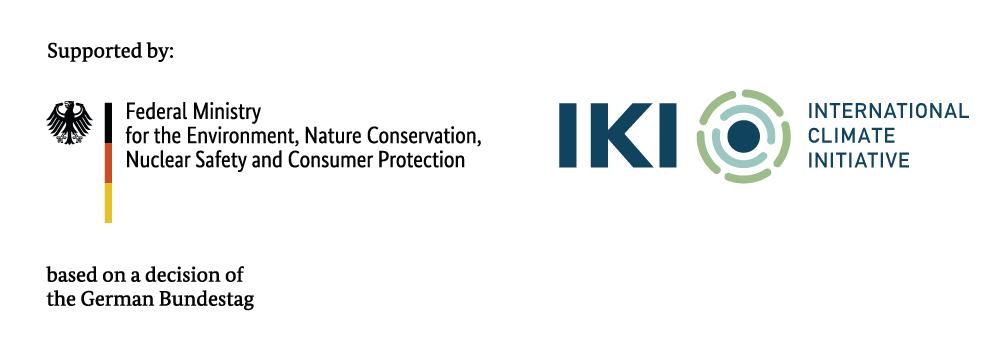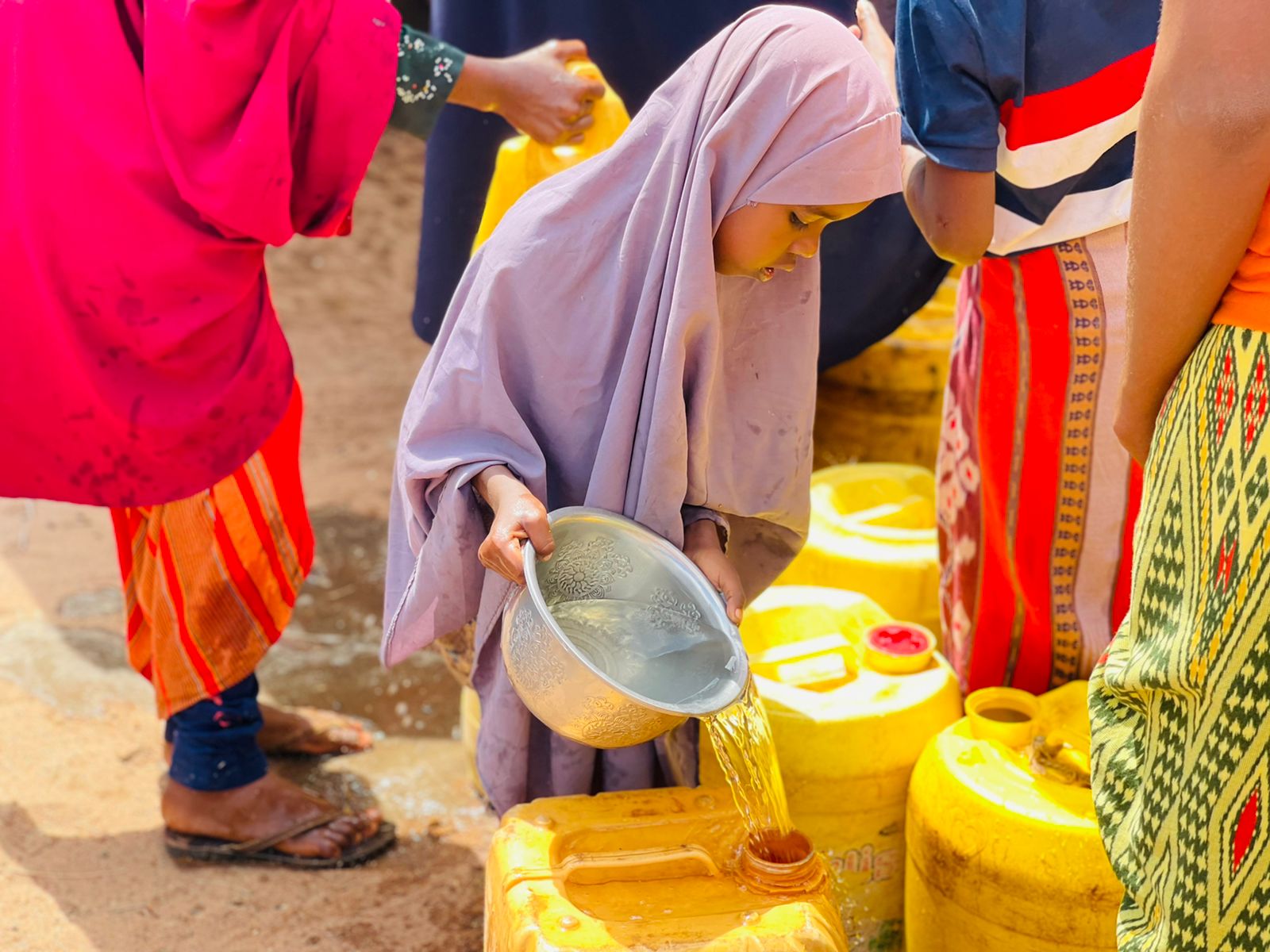WATER SANITATION AND HYGIENE (WASH)
Water and sanitation are individual rights and basic human needs. The risk of people contracting infectious diseases is higher during and after emergencies. Inadequate sanitation, poor hygiene practices, and lack of clean water access may lead to disease outbreaks. Water access also plays a key role in restricting production and livelihoods. Water also plays a key role in conflicts as it determines the clans’ borders and the Degaans, which is a term used to describe a geographical region. The provision of adequate water and sanitation is fundamental to community development and preserving their dignity.
ASEP endeavors to contribute towards increasing access and affordability of water through diversification of water supply systems, increasing community capacity to manage and better use water resources supported by improved and appropriate sanitation and hygiene practices. We employ appropriate and innovative technologies such as sand dams, protected hand-dug wells, boreholes, rainwater harvesting schemes, gravity-flow schemes, and infiltration galleries. We promote beneficiary and stakeholder participation in the planning, implementation, and management of the WASH facilities. From the outset of implementation, community participation takes the form of involving beneficiaries, civic agencies, and local authorities. We have supported a successful Private Public Partnership (PPP) model in water service management and delivery.
In the sanitation sector, we build and rehabilitate toilets and bathrooms, taking into consideration the quality in the construction, usability, and sustainability of the facilities. Our approach ensures inclusiveness, gender empowerment, and protection of the most vulnerable. Our gender-sensitive and disability-friendly facilities with lockable doors provide safety, privacy, and comforts of use to women and people with disabilities. We also shorten the distance to sanitation facilities to reduce the risk of gender violence.


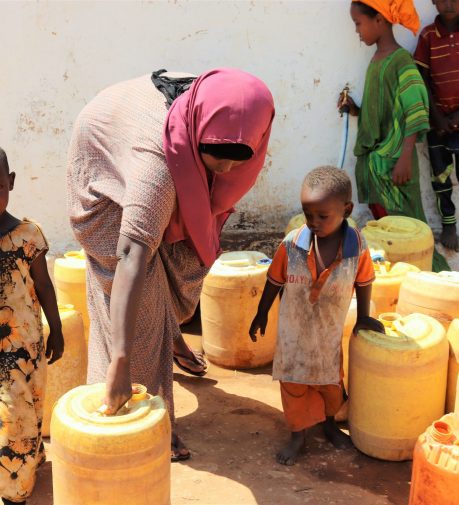

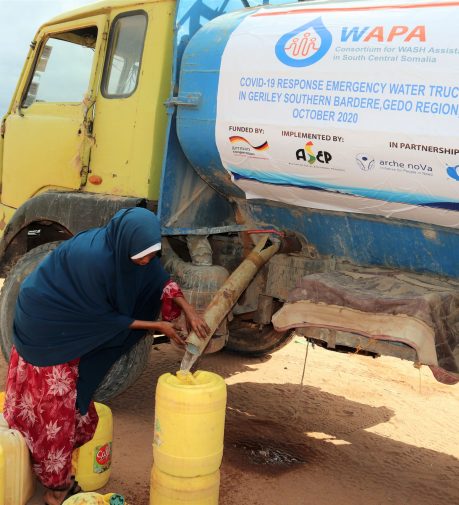
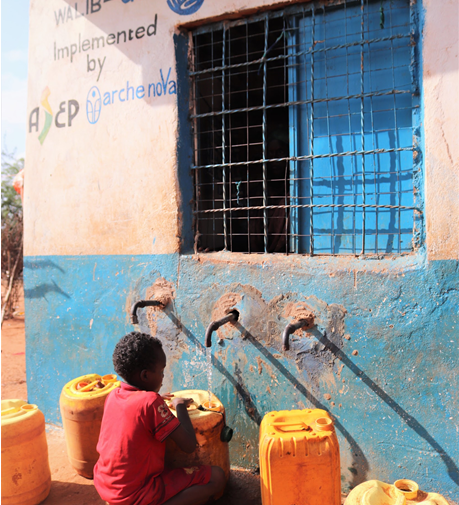

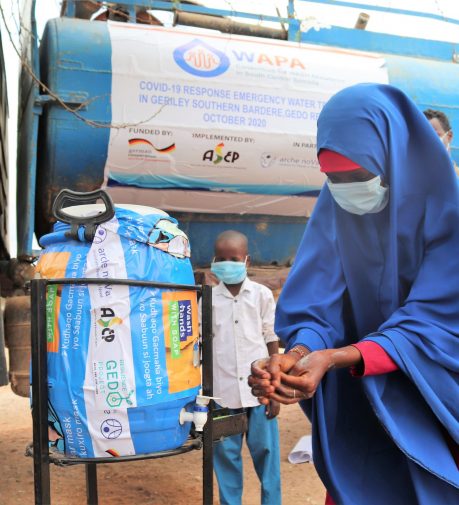
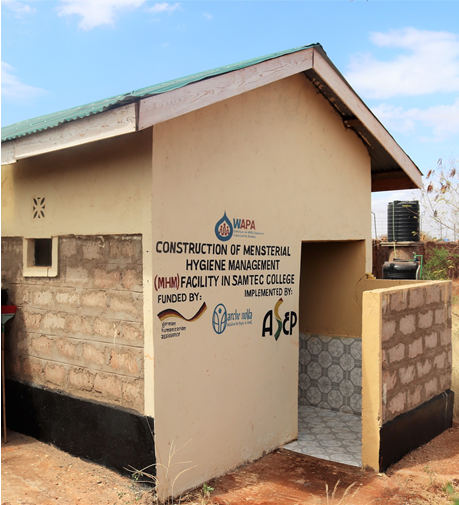
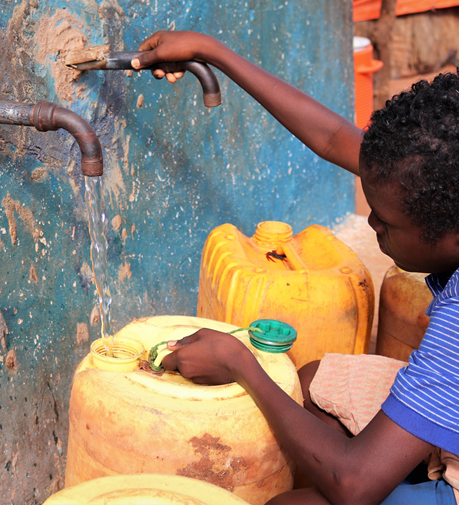
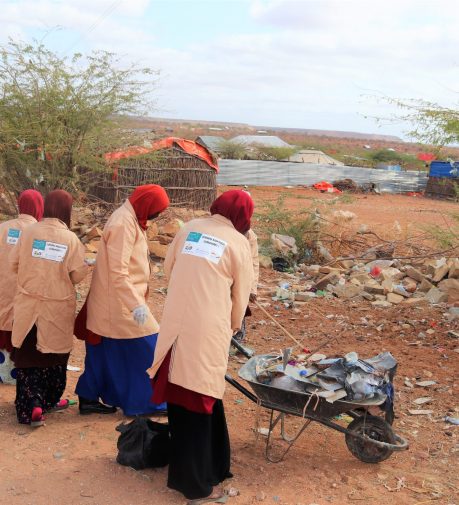
OUR PROJECTS RELATED TO WASH
- Water Sanitation and Hygiene (WASH)
IMPACT

